-
 Bitcoin
Bitcoin $119000
0.17% -
 Ethereum
Ethereum $3664
-2.12% -
 XRP
XRP $3.229
-7.77% -
 Tether USDt
Tether USDt $1.001
0.02% -
 BNB
BNB $783.2
-1.48% -
 Solana
Solana $191.3
-5.26% -
 USDC
USDC $1.000
0.03% -
 Dogecoin
Dogecoin $0.2450
-7.74% -
 TRON
TRON $0.3115
-1.61% -
 Cardano
Cardano $0.8229
-6.80% -
 Hyperliquid
Hyperliquid $44.17
-2.93% -
 Stellar
Stellar $0.4343
-7.23% -
 Sui
Sui $3.792
-4.09% -
 Chainlink
Chainlink $18.38
-5.73% -
 Hedera
Hedera $0.2491
-7.79% -
 Bitcoin Cash
Bitcoin Cash $518.1
-1.51% -
 Avalanche
Avalanche $24.13
-5.84% -
 Litecoin
Litecoin $113.9
-5.41% -
 UNUS SED LEO
UNUS SED LEO $8.974
-0.21% -
 Shiba Inu
Shiba Inu $0.00001400
-7.98% -
 Toncoin
Toncoin $3.215
-2.09% -
 Ethena USDe
Ethena USDe $1.001
0.03% -
 Polkadot
Polkadot $4.178
-6.84% -
 Uniswap
Uniswap $10.38
-3.05% -
 Monero
Monero $317.8
-1.85% -
 Bitget Token
Bitget Token $4.733
-1.94% -
 Pepe
Pepe $0.00001293
-8.20% -
 Dai
Dai $1.000
0.02% -
 Aave
Aave $292.8
-4.74% -
 Bittensor
Bittensor $430.1
-3.67%
How to spot a VWAP fakeout in crypto?
VWAP fakeouts in crypto trading occur when price briefly breaks through the VWAP line before reversing, often trapping traders who act on the false signal.
Jul 13, 2025 at 11:15 pm
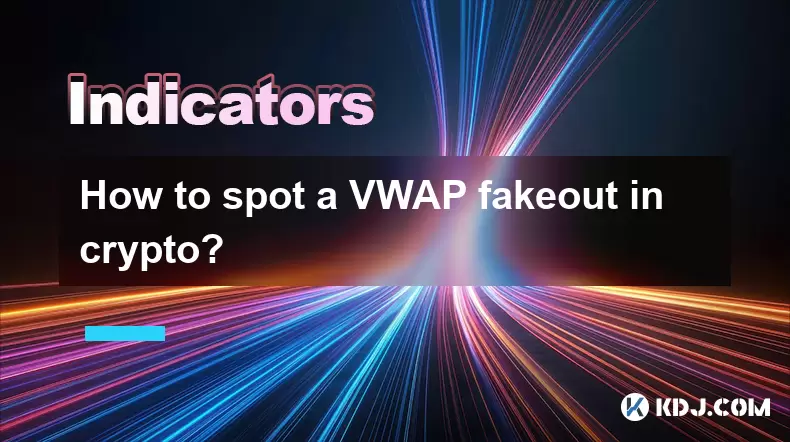
Understanding the Basics of VWAP
The Volume Weighted Average Price (VWAP) is a crucial metric used by traders in various financial markets, including cryptocurrency. It calculates the average price at which a particular asset has traded throughout the day, weighted by volume. In crypto trading, VWAP helps identify trends and potential entry or exit points for trades. However, because of its popularity, some market participants attempt to manipulate price action around this indicator, leading to what's known as a VWAP fakeout.
A VWAP fakeout occurs when the price appears to break through the VWAP line convincingly but then quickly reverses direction, trapping traders who entered positions based on that signal. This phenomenon can be especially prevalent in volatile crypto markets where large players may orchestrate short-term moves to flush out retail traders.
Recognizing Common Patterns of VWAP Fakeouts
To effectively spot a VWAP fakeout, it's essential to understand how these patterns typically unfold. One common scenario involves price approaching VWAP from below, showing signs of strength with increasing volume. Traders may interpret this as a bullish breakout and enter long positions. However, if the move lacks follow-through and the price collapses back below VWAP shortly after, it could indicate a fakeout rather than a genuine trend reversal.
Another pattern involves false breakdowns below VWAP. Here, price may briefly dip below the VWAP with high volume, prompting panic among short-term holders and triggering stop-loss orders. But instead of continuing lower, the price rebounds sharply, leaving those who sold in the lurch. These types of volume spikes without sustained movement are often telltale signs of manipulation.
Using Volume Analysis to Confirm Authenticity
One of the most effective tools for identifying a VWAP fakeout is volume analysis. Genuine breakouts or breakdowns tend to coincide with significant increases in trading volume, indicating strong participation from institutional or informed traders. Conversely, a sudden spike in volume followed by rapid reversal suggests that the move was likely artificial.
Traders should pay close attention to volume bars or histograms alongside their VWAP indicator. If volume surges during a breakout but fails to maintain elevated levels afterward, it may signal that the move was not supported by real demand or supply. Additionally, comparing current volume to the average volume over recent periods can help determine whether the activity is abnormal and potentially manipulative.
Incorporating Candlestick Patterns into Your Strategy
Candlestick formations can offer valuable insights when assessing whether a VWAP breakout is legitimate or a fakeout. For instance, a long wick candle forming near VWAP—especially after a sharp move—often indicates rejection and a potential reversal. If such a candle appears immediately after a supposed breakout above or below VWAP, it may suggest that the move lacked conviction.
Conversely, candles with strong closes in the direction of the breakout, accompanied by consistent volume, tend to confirm the legitimacy of the move. Traders should look for bullish engulfing patterns or bearish engulfing patterns near VWAP levels to gauge whether momentum is shifting genuinely or being faked.
Leveraging Multiple Timeframes for Confirmation
Analyzing multiple timeframes can significantly enhance your ability to detect VWAP fakeouts. While a 1-hour chart might show a convincing breakout, checking the 5-minute or 15-minute charts could reveal conflicting signals. For example, a false breakout on a smaller timeframe may precede a larger reversal on the higher timeframe.
By aligning your observations across different timeframes, you can filter out noise and better assess whether the VWAP interaction holds weight. A breakout confirmed on both 1-hour and 4-hour charts, for instance, carries more validity than one seen only on a 5-minute chart.
Frequently Asked Questions
Q: Can VWAP fakeouts occur in all cryptocurrencies?
Yes, VWAP fakeouts can occur in any cryptocurrency, particularly those with lower liquidity or higher volatility. Markets with less depth are more susceptible to manipulation due to the relatively small amount of capital required to influence price movements.
Q: How do I differentiate between a VWAP pullback and a fakeout?
A genuine pullback typically sees price retest VWAP with reduced volume and limited downside before resuming the trend. A fakeout, on the other hand, often features a deceptive breakout followed by immediate reversal, usually with spike-like volume that doesn’t sustain.
Q: Is VWAP reliable for intraday trading in crypto?
While VWAP is widely used in intraday trading, its reliability depends on the context. In trending markets with clear volume confirmation, it works well. However, in choppy or sideways conditions, VWAP fakeouts become more frequent, requiring additional filters like candlestick patterns or multi-timeframe analysis.
Q: Are there alternative indicators that work better than VWAP to avoid fakeouts?
Some traders combine VWAP with moving averages, RSI, or order flow analysis to improve accuracy. No single indicator is foolproof, but layering tools like order book depth or volume delta can provide deeper insight into whether a breakout is genuine or manufactured.
Disclaimer:info@kdj.com
The information provided is not trading advice. kdj.com does not assume any responsibility for any investments made based on the information provided in this article. Cryptocurrencies are highly volatile and it is highly recommended that you invest with caution after thorough research!
If you believe that the content used on this website infringes your copyright, please contact us immediately (info@kdj.com) and we will delete it promptly.
- XRP, Solana, and Institutional Adoption: A New Era for Crypto?
- 2025-07-24 11:10:12
- Dogecoin, Remittix, and Crypto Protocols: The Evolution of Digital Finance
- 2025-07-24 10:50:12
- BlockDAG, Hedera, and Stellar: Charting the Course for Crypto's Future
- 2025-07-24 10:50:12
- BlockDAG's No-Vesting Edge: Can It Outpace Cardano's Price?
- 2025-07-24 11:10:12
- South Korea's Credit Card Industry Embraces Stablecoin Regulations: A New Era?
- 2025-07-24 10:30:12
- Bitcoin, SHIB, and Institutional Momentum: Decoding Crypto's 2025 Trajectory
- 2025-07-24 11:15:12
Related knowledge
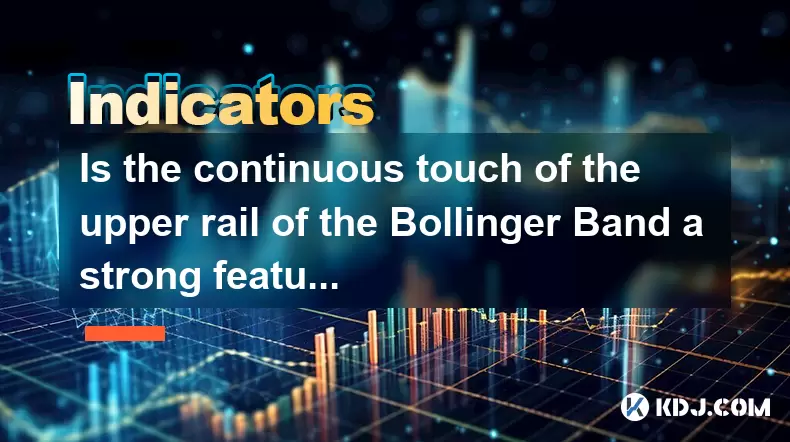
Is the continuous touch of the upper rail of the Bollinger Band a strong feature or an overbought risk?
Jul 24,2025 at 12:22pm
Understanding the Bollinger Band StructureThe Bollinger Band is a widely used technical analysis tool in the cryptocurrency market, designed to measur...
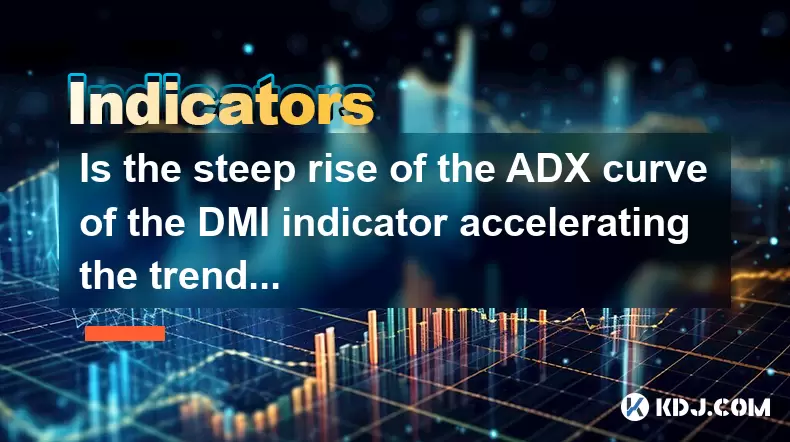
Is the steep rise of the ADX curve of the DMI indicator accelerating the trend or about to reverse?
Jul 24,2025 at 11:15am
Understanding the DMI Indicator and Its ComponentsThe Directional Movement Index (DMI) is a technical analysis tool used to identify the presence and ...
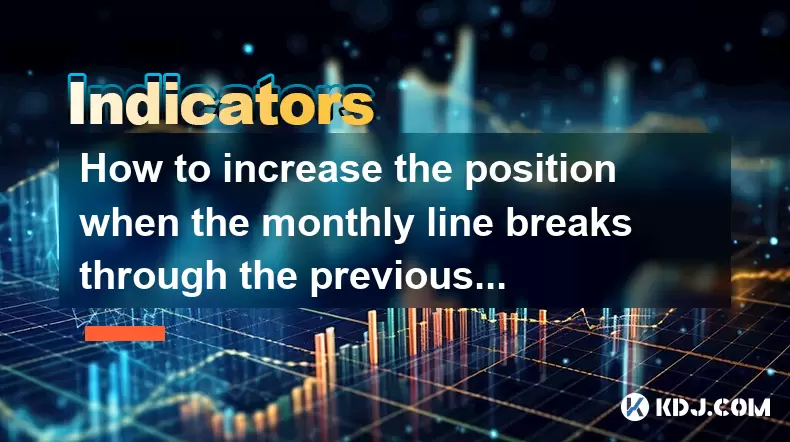
How to increase the position when the monthly line breaks through the previous high + the weekly KD golden cross + the daily line gaps?
Jul 24,2025 at 09:42am
Understanding the Monthly Line Breakout Beyond Previous HighWhen the monthly line breaks through the previous high, it signals a powerful shift in lon...
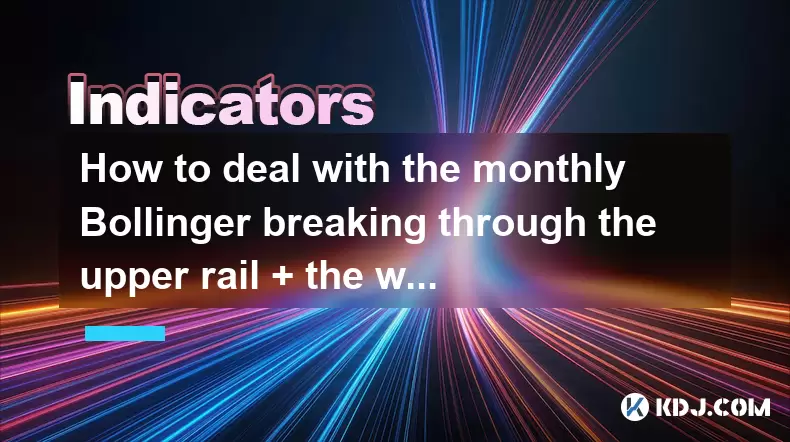
How to deal with the monthly Bollinger breaking through the upper rail + the weekly RSI overbought + the daily line's long negative correction?
Jul 24,2025 at 08:42am
Understanding the Bollinger Bands Breakout on the Monthly ChartWhen the monthly Bollinger Bands experience a breakout above the upper rail, it signals...
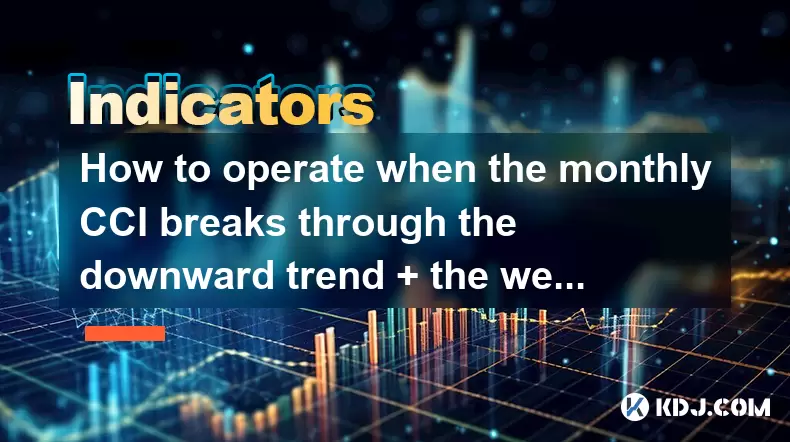
How to operate when the monthly CCI breaks through the downward trend + the weekly line's three consecutive positives + the daily line's shrinking volume and stepping back?
Jul 24,2025 at 09:00am
Understanding the CCI Indicator and Its Role in Trend AnalysisThe Commodity Channel Index (CCI) is a momentum-based oscillator used to identify overbo...
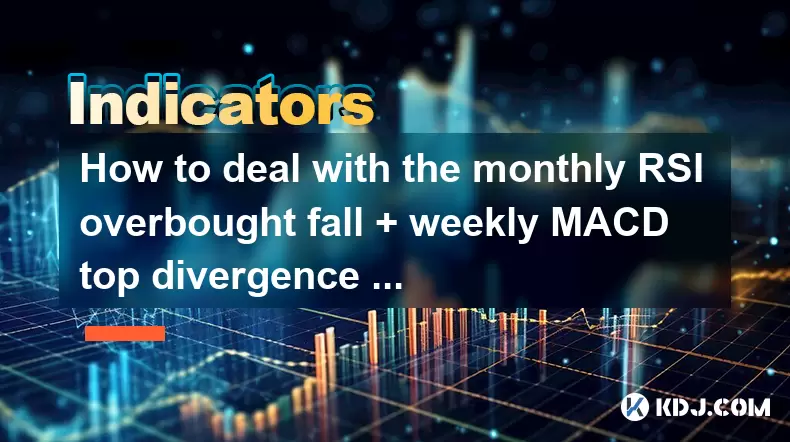
How to deal with the monthly RSI overbought fall + weekly MACD top divergence + daily line falling below the 30-day line?
Jul 24,2025 at 12:01pm
Understanding the Monthly RSI Overbought SignalWhen the monthly RSI enters overbought territory, it indicates that the cryptocurrency has experienced ...

Is the continuous touch of the upper rail of the Bollinger Band a strong feature or an overbought risk?
Jul 24,2025 at 12:22pm
Understanding the Bollinger Band StructureThe Bollinger Band is a widely used technical analysis tool in the cryptocurrency market, designed to measur...

Is the steep rise of the ADX curve of the DMI indicator accelerating the trend or about to reverse?
Jul 24,2025 at 11:15am
Understanding the DMI Indicator and Its ComponentsThe Directional Movement Index (DMI) is a technical analysis tool used to identify the presence and ...

How to increase the position when the monthly line breaks through the previous high + the weekly KD golden cross + the daily line gaps?
Jul 24,2025 at 09:42am
Understanding the Monthly Line Breakout Beyond Previous HighWhen the monthly line breaks through the previous high, it signals a powerful shift in lon...

How to deal with the monthly Bollinger breaking through the upper rail + the weekly RSI overbought + the daily line's long negative correction?
Jul 24,2025 at 08:42am
Understanding the Bollinger Bands Breakout on the Monthly ChartWhen the monthly Bollinger Bands experience a breakout above the upper rail, it signals...

How to operate when the monthly CCI breaks through the downward trend + the weekly line's three consecutive positives + the daily line's shrinking volume and stepping back?
Jul 24,2025 at 09:00am
Understanding the CCI Indicator and Its Role in Trend AnalysisThe Commodity Channel Index (CCI) is a momentum-based oscillator used to identify overbo...

How to deal with the monthly RSI overbought fall + weekly MACD top divergence + daily line falling below the 30-day line?
Jul 24,2025 at 12:01pm
Understanding the Monthly RSI Overbought SignalWhen the monthly RSI enters overbought territory, it indicates that the cryptocurrency has experienced ...
See all articles

























































































